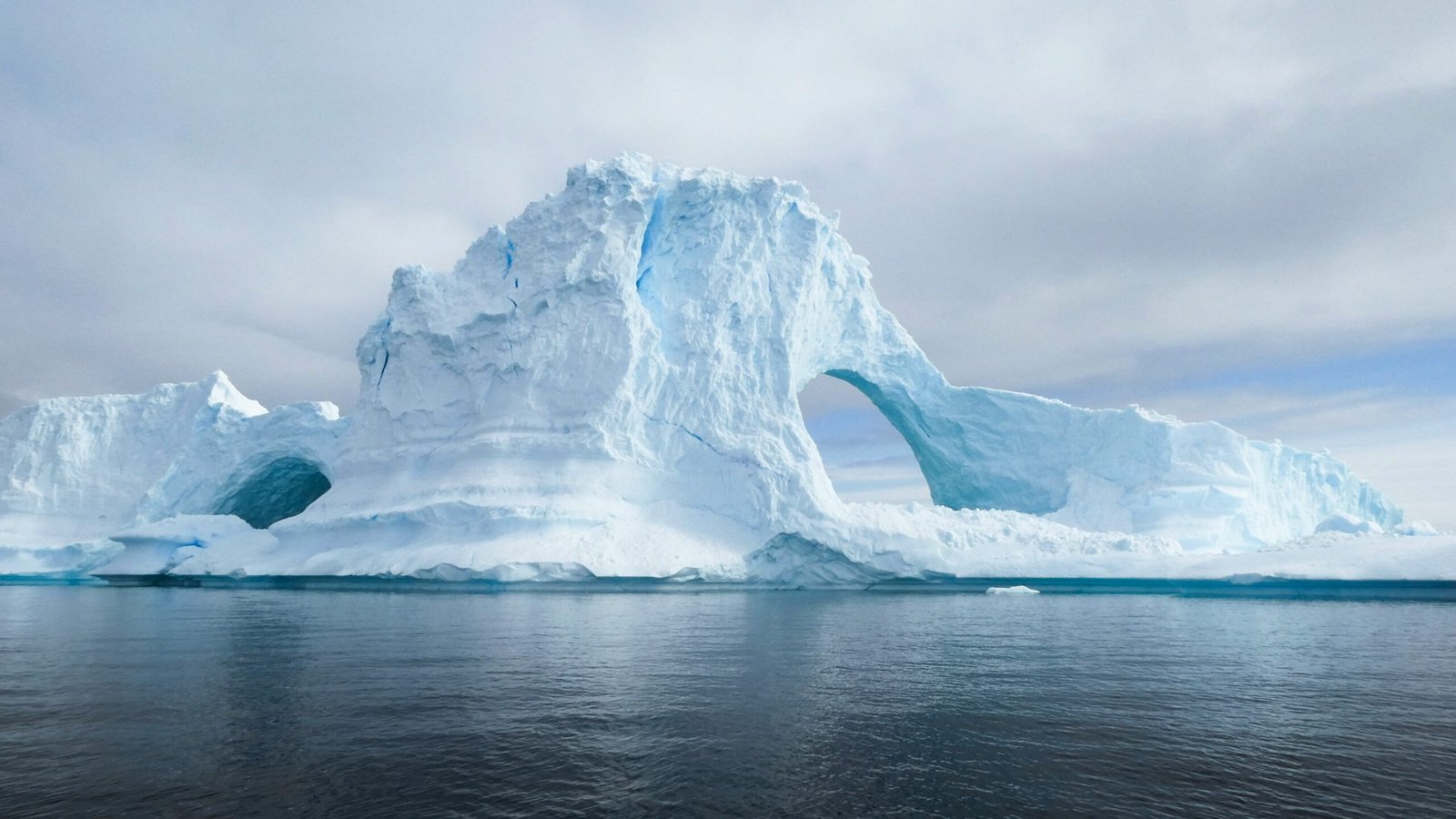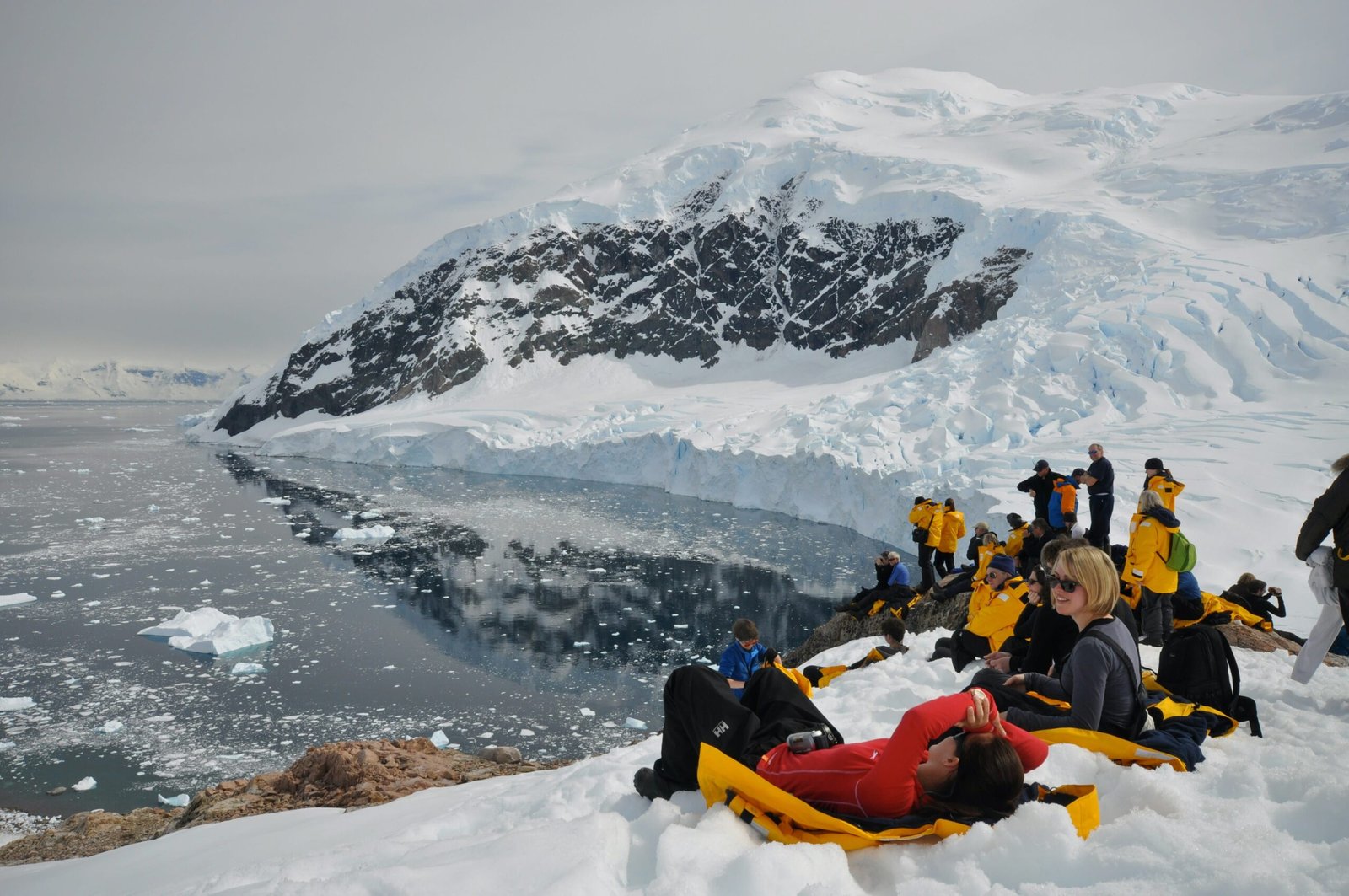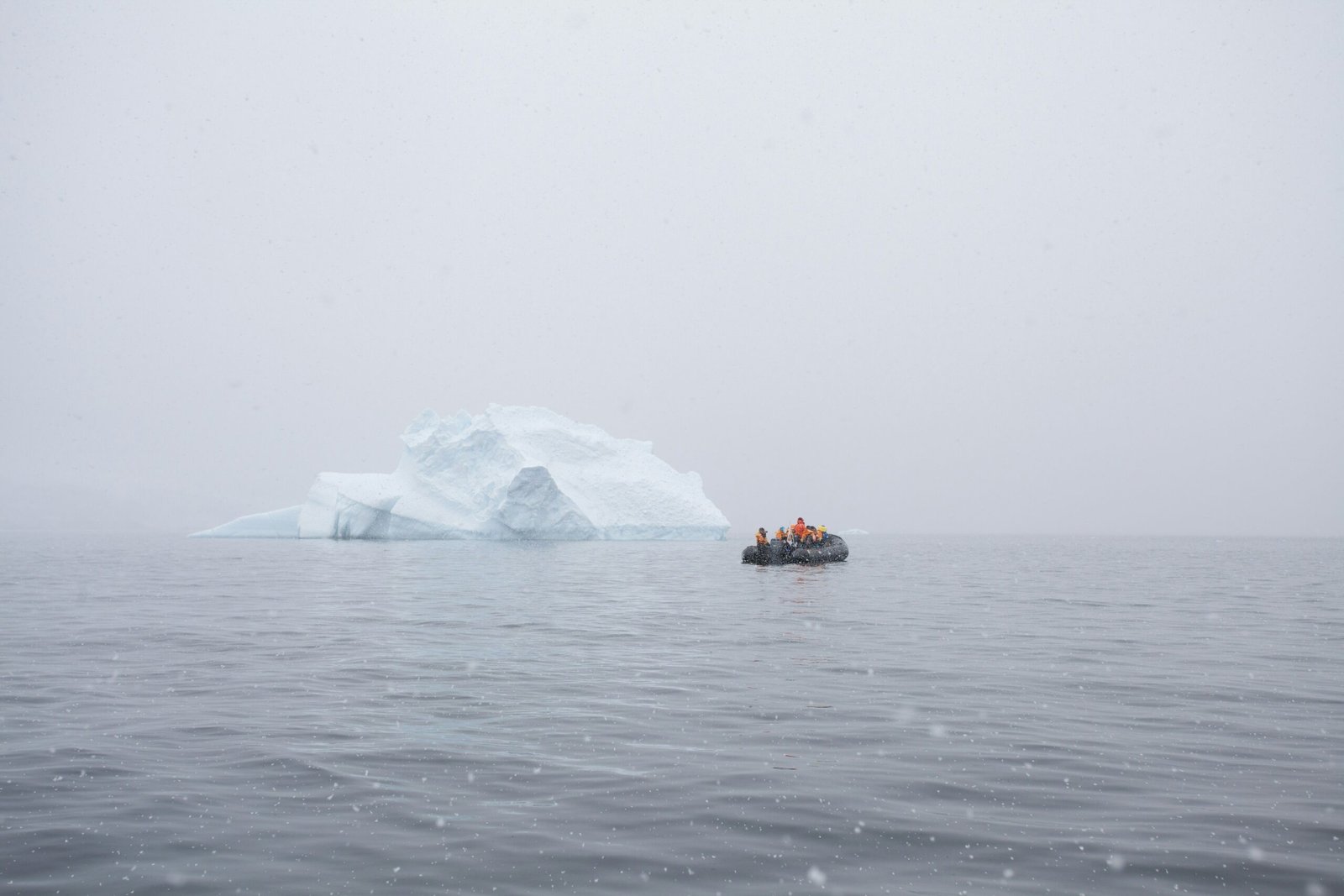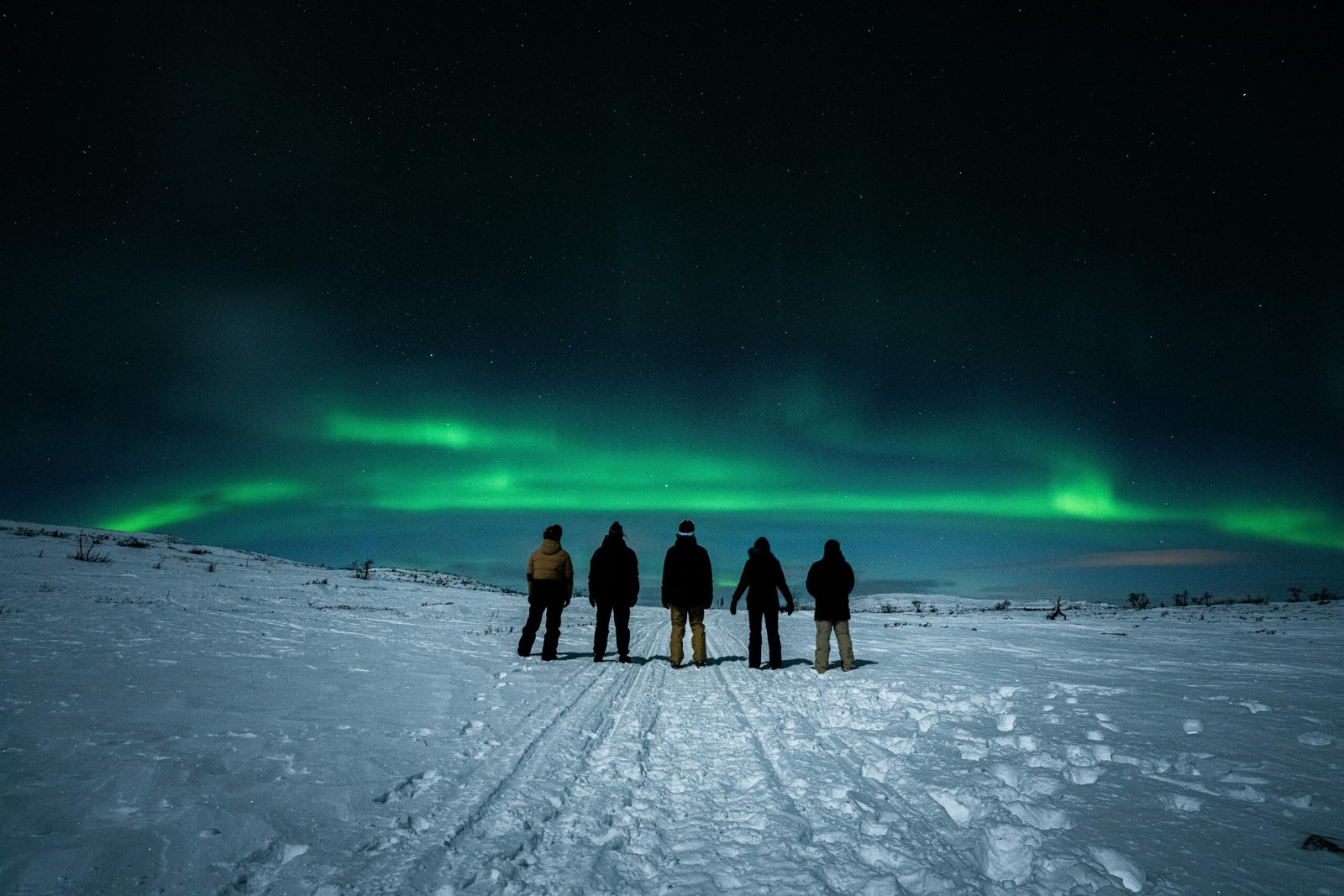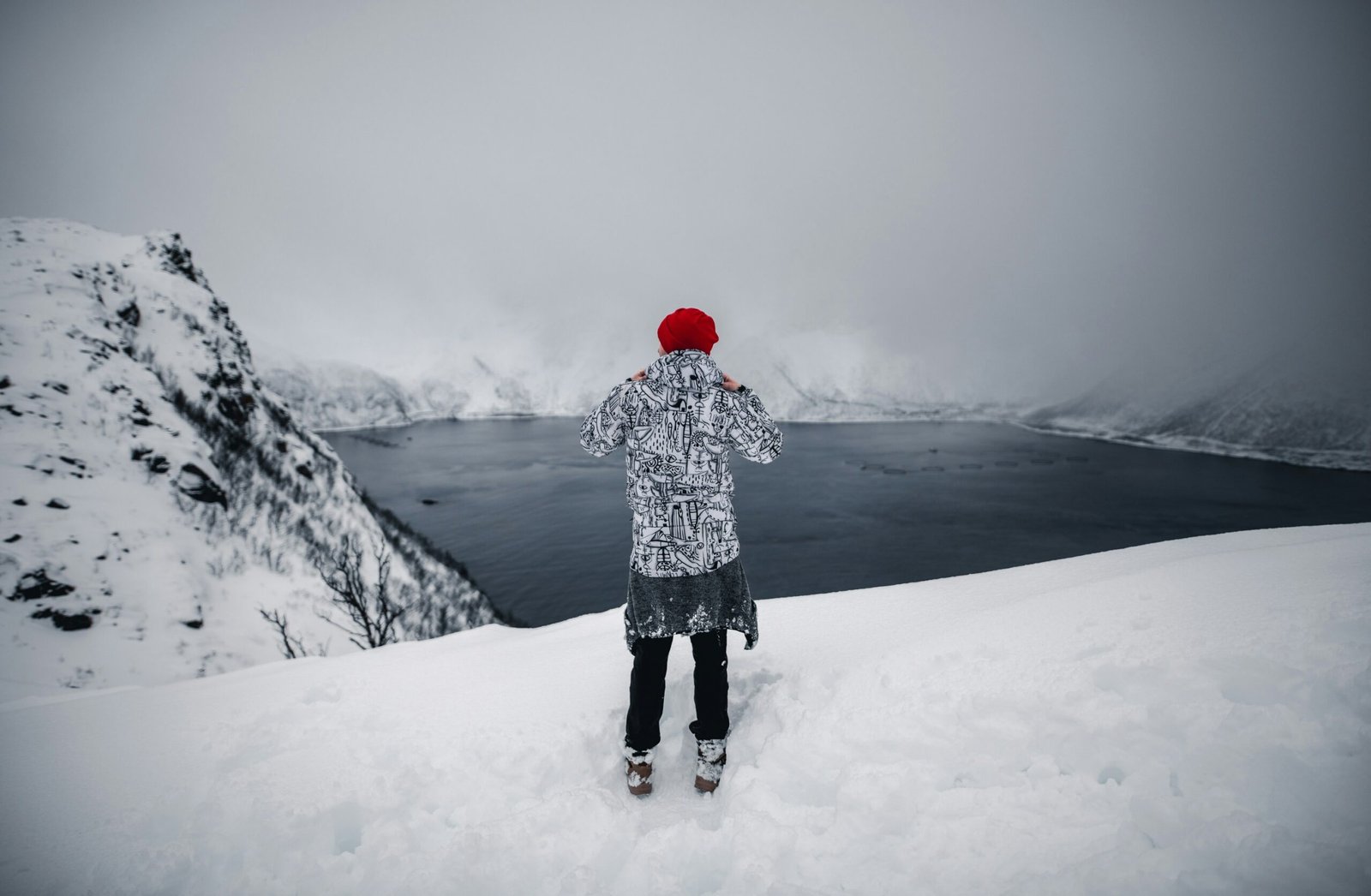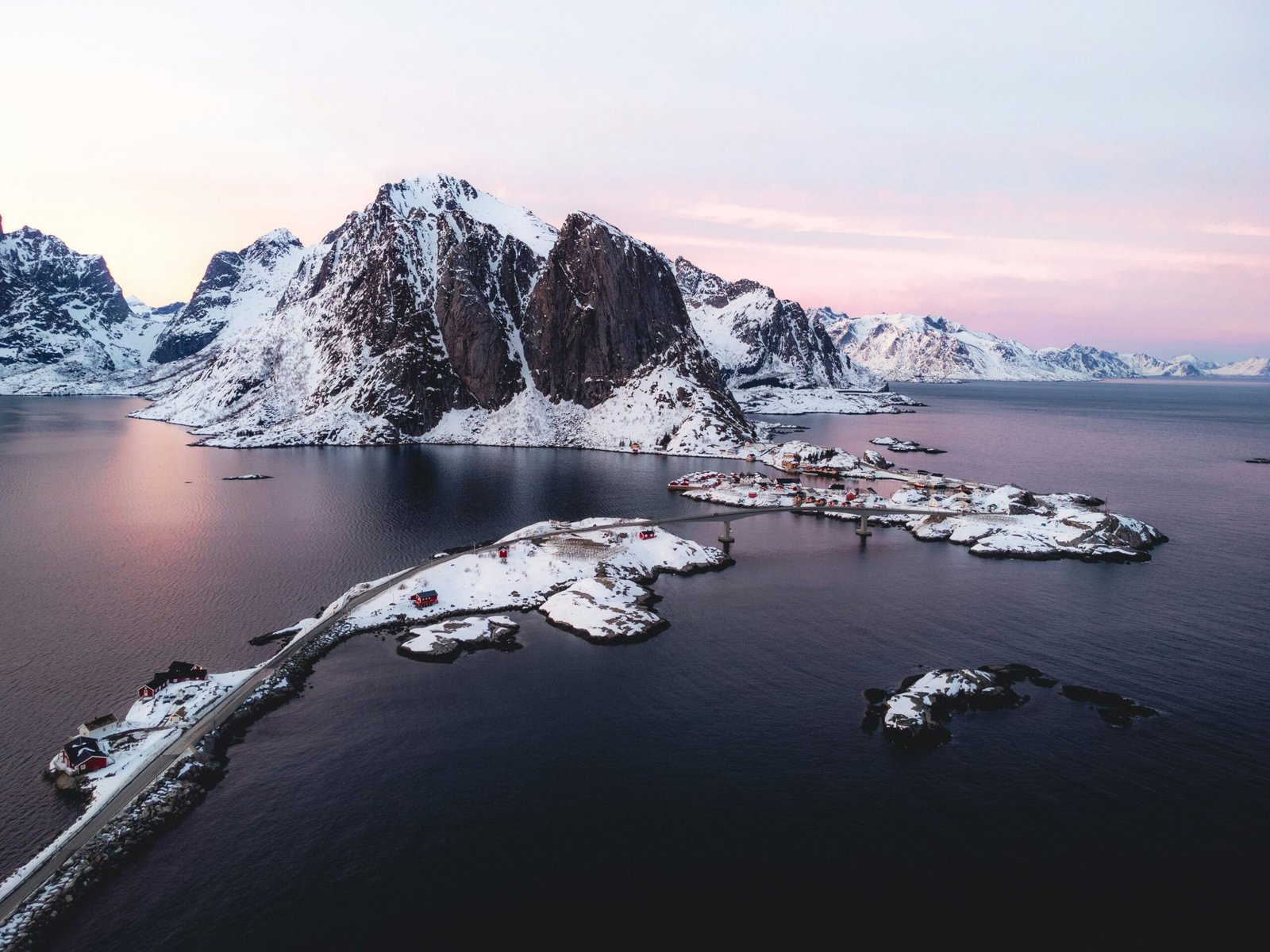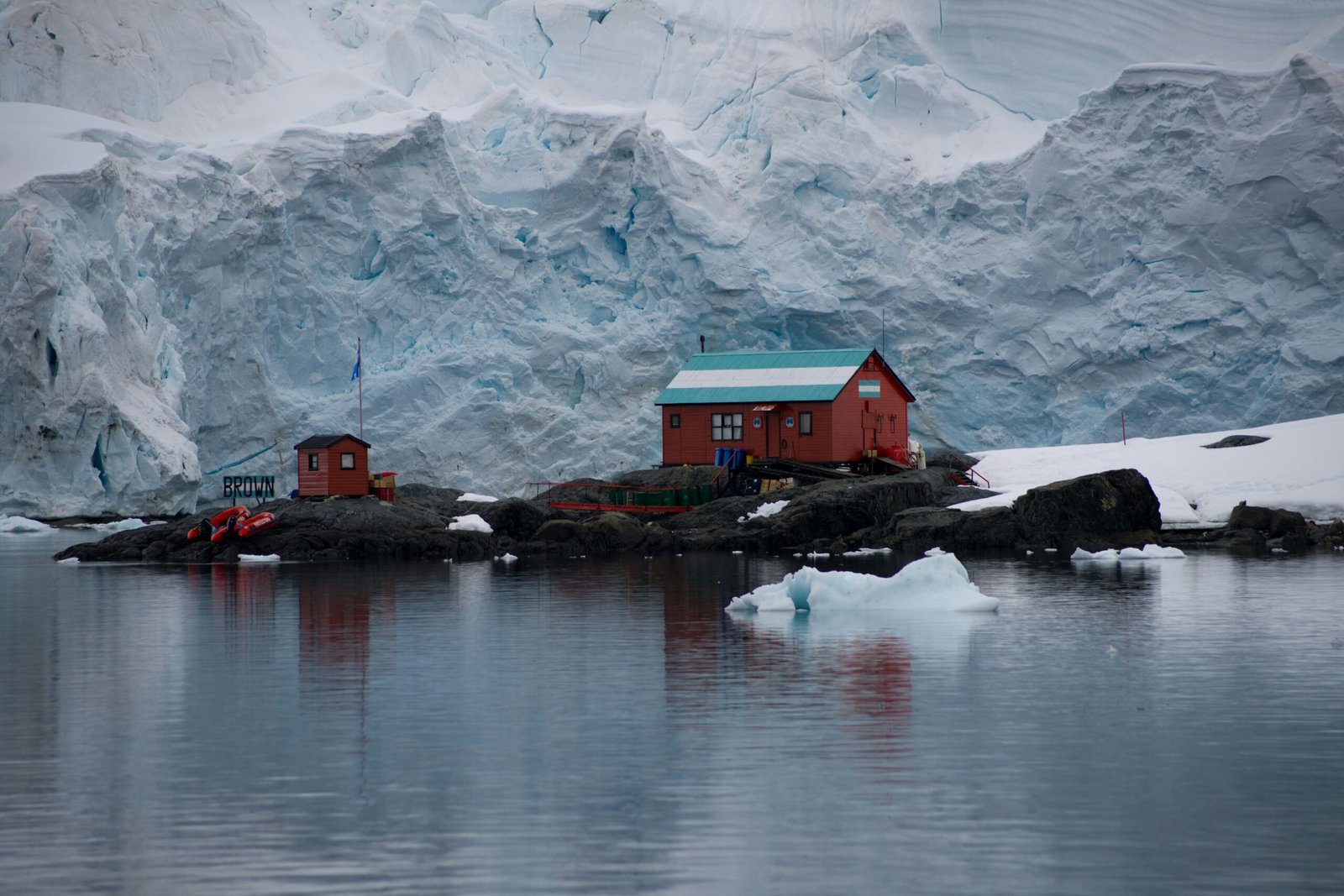Antarctica, the world’s last great wilderness, beckons adventurous souls with its pristine landscapes and extraordinary wildlife. This comprehensive Antarctica Travel Guide will equip you with essential information to plan your once-in-a-lifetime journey to the White Continent.
Antarctica represents the pinnacle of adventure travel, where towering icebergs, vast glacial landscapes, and incredible wildlife create an otherworldly experience. As Earth’s southernmost continent, it remains largely untouched by human development, maintaining its status as nature’s most spectacular showcase.
The continent spans approximately 14 million square kilometres, making it larger than Europe and nearly twice the size of Australia. Despite its harsh conditions, Antarctica supports remarkable biodiversity, including penguins, seals, whales, and numerous seabird species that have adapted to this extreme environment.
The best time to visit Antarctica directly impacts your experience, as the continent operates on a strict seasonal schedule. The Antarctic travel season runs from November through March, coinciding with the Southern Hemisphere’s summer months.
November to December marks early summer, featuring longer daylight hours and active wildlife. Penguin chicks begin hatching, and seals give birth to their pups. Ice conditions remain challenging, but the pristine snow creates stunning photographic opportunities.
January to February represents peak season, with the warmest temperatures (averaging -2°C to 8°C) and maximum daylight. Wildlife activity reaches its zenith, with penguin colonies bustling with activity and whale sightings becoming more frequent.
March signals late summer, when whale watching reaches its peak as these magnificent creatures feed in nutrient-rich waters before migration. Autumn colours begin appearing in some regions, creating dramatic lighting conditions.
Understanding Antarctica’s weather conditions proves crucial for successful trip preparation. Despite visiting during summer months, temperatures rarely exceed 10°C, and sudden weather changes can dramatically impact visibility and comfort.
Wind represents the most challenging weather element, with katabatic winds exceeding 100 mph in some areas. These gravity-driven winds flow from the continent’s interior towards the coast, creating sudden temperature drops and whiteout conditions.
Precipitation typically falls as snow, even during summer months. The continent’s extreme dryness means humidity levels remain consistently low, requiring special attention to skin and eye protection.
Daylight hours vary dramatically throughout the season. Early season trips experience up to 20 hours of daylight, whilst late season visitors enjoy the magical golden hours that photographers cherish.
Travel requirements for Antarctica involve multiple layers of preparation beyond standard international travel documents. While Antarctica has no native population or government, strict environmental protocols govern all visits.
Your passport must remain valid for at least six months beyond your intended departure date. Most Antarctic expeditions depart from Argentina, Chile, or New Zealand, potentially requiring visas depending on your nationality and transit arrangements.
Travel insurance becomes essential, specifically policies covering emergency evacuation from remote polar regions. Standard travel insurance typically excludes polar destinations, necessitating specialised coverage that can cost between £200 and £500 but provides invaluable peace of mind.
Medical clearance may be required, particularly for passengers with pre-existing conditions. Expedition leaders need assurance that all participants can handle the physical demands and potential emergencies that may arise in this isolated environment.
Visiting this isolated continent requires adherence to strict protocols designed to protect both visitors and the fragile ecosystem. The Antarctic Treaty System governs all tourism activities, establishing comprehensive environmental protection measures.
Landing protocols mandate specific procedures for every shore excursion. Visitors must thoroughly clean their boots and equipment to prevent introducing foreign organisms. Group sizes remain limited, with maximum landing parties of 100 people, though most operators maintain smaller groups for enhanced safety and environmental protection.
Emergency preparedness extends beyond individual precautions. Expedition ships carry advanced medical facilities, helicopter rescue capabilities, and maintain constant communication with international rescue coordination centres.
Wildlife safety protocols require maintaining minimum distances from all Antarctic species. Approaching closer than five metres to penguins or fifteen metres to seals can result in significant penalties and endanger both wildlife and visitors.
Antarctica cruises begin with selecting the right vessel and itinerary for your preferences and budget. Ship sizes range from luxury yachts accommodating 12 passengers to larger expedition vessels carrying up to 500 guests.
Smaller ships provide more intimate experiences with increased landing opportunities and personalised attention from naturalist guides. However, they may experience more motion in rough seas, potentially challenging passengers prone to seasickness.
Larger vessels typically provide more stable sailing conditions and extensive onboard amenities, including lecture halls, libraries, and multiple dining venues. However, landing rotations take longer, potentially reducing shore time.
Cabin selection significantly impacts your experience. Outside cabins with windows or balconies allow continuous wildlife viewing and landscape appreciation. Interior cabins cost less but may contribute to claustrophobia during extended sea days.
Base layers made from merino wool or synthetic materials provide essential insulation and moisture management. Avoid cotton entirely, as it retains moisture and loses insulating properties when wet.
Mid-layers should include fleece or down jackets that can be easily added or removed as conditions change. Multiple thin layers provide better temperature regulation than single thick garments.
Accessories prove crucial for comfort and safety. High-quality sunglasses with UV protection, glacier glasses, and spare pairs prevent snow blindness. Waterproof gloves, warm hats, and neck gaiters protect exposed skin from wind and cold.
Photography equipment requires special attention. Extra batteries drain quickly in cold conditions, whilst memory cards and lens cleaning supplies prove essential for capturing stunning Antarctic moments.
Solo female travellers find Antarctica particularly rewarding, as expedition cruises naturally create supportive communities. The structured environment and professional guides ensure safety whilst encouraging independence and personal growth.
Many women report that Antarctic expeditions provide transformative experiences, building resilience and confidence that extends far beyond the journey itself. The challenging environment and successful navigation of extreme conditions create lasting personal empowerment.
Group dynamics on Antarctic expeditions typically prove very inclusive, with shared wonder at the continent’s beauty creating instant bonds between travellers regardless of background or experience level.
Antarctica trip costs vary significantly based on trip duration, accommodation level, and departure location. Budget-conscious travellers can find last-minute deals starting around £4,000, whilst luxury expeditions may exceed £25,000 per person.
Standard expedition cruises typically range from £8,000-15,000 for 10-12-day journeys. This includes all meals, accommodation, zodiac landings, and expert guides but excludes flights to departure ports and personal expenses.
Additional costs include flights to departure cities, which can add £1,000-3,000 depending on your location and travel dates. Gear purchases, tips for crew members, and onboard purchases for beverages and souvenirs require budget consideration.
Early booking discounts and shoulder season pricing can provide significant savings. Many operators offer substantial reductions for bookings made 12-18 months in advance.
This comprehensive Antarctica Travel Guide emphasises selecting operators committed to environmental protection and sustainable tourism practices. The International Association of Antarctica Tour Operators (IAATO) maintains strict guidelines for responsible Antarctic tourism.
Look for operators with extensive polar experience, qualified naturalist guides, and comprehensive safety records. Expedition leaders should possess advanced wilderness medicine training and multiple seasons of Antarctic experience.
Environmental credentials matter significantly. Choose operators who participate in citizen science projects, maintain waste-free policies, and contribute to Antarctic research and conservation efforts.
Reading reviews and testimonials provides valuable insights into operator quality and experience standards. Pay particular attention to comments regarding safety protocols, guide expertise, and overall expedition management.
Documentation preparation includes passport validity verification, visa requirements research, and travel insurance procurement. Create copies of all necessary documents and store them separately from originals.
Medical preparations may include consultations with travel medicine specialists, particularly if you take regular medications that require adjustment for extreme conditions or extended travel periods.
Equipment testing proves crucial for photography gear and electronic devices. Ensure all equipment functions properly in cold conditions and carry backup power sources for essential items.
Research the wildlife and landscapes you’ll encounter to maximise appreciation and understanding. Many operators provide pre-departure materials, but additional reading enhances the experience significantly.
Physical preparation should focus on general fitness rather than specific training. Regular walking, particularly on uneven terrain, prepares you for zodiac landings and shore excursions on rocky or icy surfaces.
Mental preparation involves accepting flexibility regarding itineraries and activities. Weather conditions ultimately dictate daily schedules, and successful Antarctic travellers embrace uncertainty as part of the adventure.
Essential advice includes embracing the expedition mindset rather than traditional cruise expectations. Flexibility and adaptability prove more valuable than rigid itinerary adherence in this dynamic environment.
Engage fully with educational opportunities, including lectures, briefings, and naturalist guidance. The knowledge gained from expert guides transforms sightseeing into meaningful academic experiences that last long after returning home.
Document your journey through journaling, photography, or sketching. The sensory overload of Antarctic experiences benefits from conscious recording to preserve memories and share stories with others.
Connect with fellow travellers and embrace the expedition community spirit. Antarctic journeys create unique bonds between participants who share this extraordinary experience.
Planning an Antarctic expedition requires expertise and attention to detail that matches the significance of this ultimate adventure. Just as Meraki Diaries curates experiential and personalised trips for women travellers, creating transformative journeys that inspire confidence and discovery, your Antarctic adventure deserves equally thoughtful preparation.
The investment in professional guidance and carefully planned logistics ensures your Antarctic journey meets the high standards this pristine wilderness deserves. Whether you’re an experienced traveller seeking new challenges or embarking on your first major adventure, proper preparation transforms this expedition from a simple trip into a life-changing experience.
Antarctica awaits with its pristine beauty, incredible wildlife, and transformative power. With thorough preparation, appropriate gear, and realistic expectations, your journey to the White Continent will exceed every expectation and create memories that last a lifetime. The adventure of a lifetime begins with the first step of planning – take it today, and prepare for the extraordinary journey that awaits at the bottom of the world.
